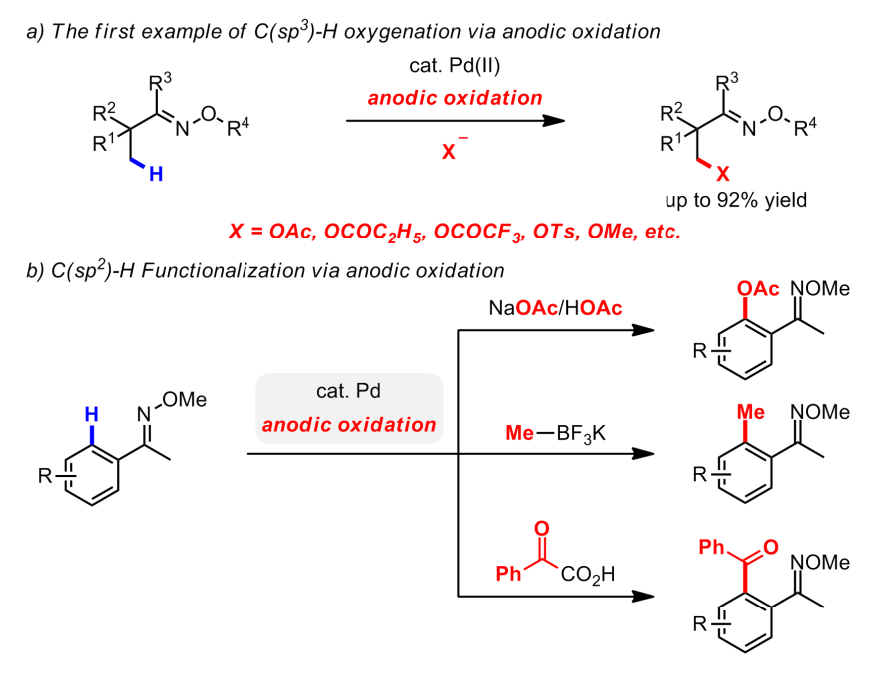Title: The Application of Organometallic Electrochemistry in the C–H functionalization and Carbon Dioxide Utilization
Speaker: Tian-Sheng Mei, State Key Laboratory of Organometallic Chemistry, Center for Excellence in Molecular Synthesis, Shanghai Institute of Organic Chemistry, Chinese Academy of Sciences
Date/Time: 10:00 AM, Dec. 22, 2017 (Fri.)
Location: Room 112, Chemistry Lecture Hall
Abstract:
Palladium-catalyzed C–H functionalization reactions have emerged as attractive tools for organic synthesis. Typically, these reactions require strong chemical oxidants, which convert organopalladium(II) intermediates into the PdIII or PdIV oxidation state to promote otherwise challenging C–O/C–C bond reductive elimination. However, previously reported oxidants possess significant disadvantages, including poor atom economy, high cost, and the formation of undesired byproducts. To overcome these issues, recently, we developed an electrochemical strategy that takes advantage of anodic oxidation of PdII to PdIII/PdIV to induce selective C–O/C–C reductive elimination (Figure 1).1-4 In the second part of my talk, catalytic carboxylation of allyl esters via electroreduction will be discussed.

Figure 1. Approaches to Pd(II)-catalyzed C–H functionalization via electrochemical oxidation.
References
1. Yang, Q. L.; Li, Y.-Q.; Ma, C.; Fang, P.; Zhang, X.-J.; Mei, T.-S. J. Am. Chem. Soc. 2017, 139, 3293.
2. Li, Y.-Q.; Yang, Q.-L.; Fang, P.; Mei, T.-S.; Zhang, D. Org. Lett. 2017, 19, 2905.
3. Ma, C.; Zhao, C.-Q.; Li, Y.-Q.; Zhang, L.-P.; Xu, X.-T.; Zhang, K.; Mei, T.-S.* Chem. Commun. 2017, 53, 12189.
4. Jiao, K.-J.; Zhao, C.-Q.; Fang, P.; Yang, Q.-L.; Li, Y.-Q.; Ma, C.; Fang, P.; Mei, T.-S. Tetrahedron Lett. 2017, 58, 797.